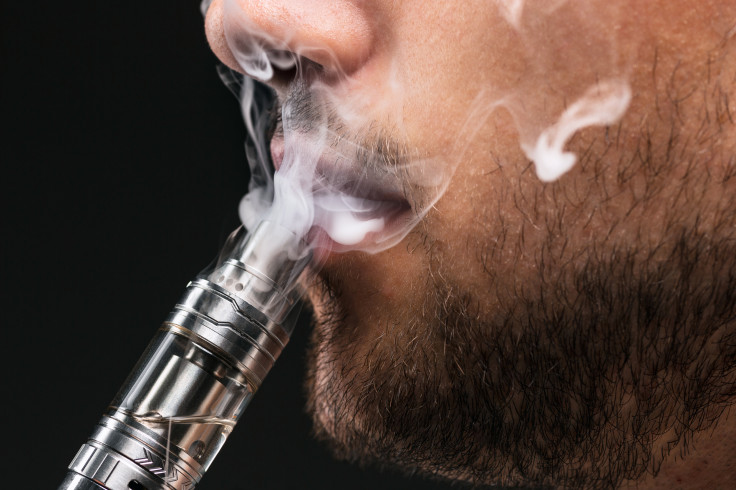Cannabis Vaping Liquids May Have Toxic Metal Particles Even Before First Use: Study

Vaping is believed to be a safer alternative for the use of nicotine as well as cannabis. But are vapes really safe? A new study revealed that cannabis vaping liquids may contain toxic metal particles even before the vaping device is heated or used for the first time.
Researchers of the study found metal contamination, involving nano-sized particles of lead, nickel, zinc, and copper in the cannabis vape liquids that were never used. The study revealed that unregulated products have higher quantities of these metals.
Smoking burns substances, but vaping heats a liquid into a vapor that can be inhaled. Since vaping doesn't involve burning, it's seen as a safer way to use substances like cannabis or nicotine. However, studies have shown that the metal parts in vaping devices can release harmful toxins including nickel, chromium, and lead into the vapor, which can then get into the user's body.
To understand if this was true for cannabis vapes, Andrew Waye, who manages the research program at the Office of Cannabis Science and Surveillance at Health Canada, and his team collaborated with Zuzana Gajdosechova, a scientist at the Metrology Research Centre of the National Research Council of Canada, involved in cannabis testing and standardization.
The researchers gathered 41 samples of cannabis vape liquids from cartridges that had never been used and were less than six months old. They included 20 legal ones and 21 from the illegal market. The team then used mass spectrometry to test for the presence of 12 metals in these samples. Additionally, imaging experts used scanning electron microscopy to visually confirm the presence of metal particles in them.
"While some metals, such as arsenic, mercury and cadmium, were within the generally accepted tolerance limits for cannabis products, others were detected in concentrations considered to be very high. The most striking example proved to be lead: Some unregulated samples contained 100 times more lead than the regulated samples, far exceeding the generally accepted tolerance limit," the news release stated.
"The evidence strongly suggests that metal contamination can come from the device when it's produced, and not from the heating of the coils. But depending on the quality of the device, the contamination may be increased by that heating," Gajdosechova said.
"Different types of cannabis products present different risks. Our research doesn't answer whether vaping is riskier than smoking, it just underlines that the risks may be different. Previously uncharacterized risks with cannabis vaping are still being identified," Waye concluded.
The findings of the study will be presented at the spring meeting of the American Chemical Society (ACS).



























